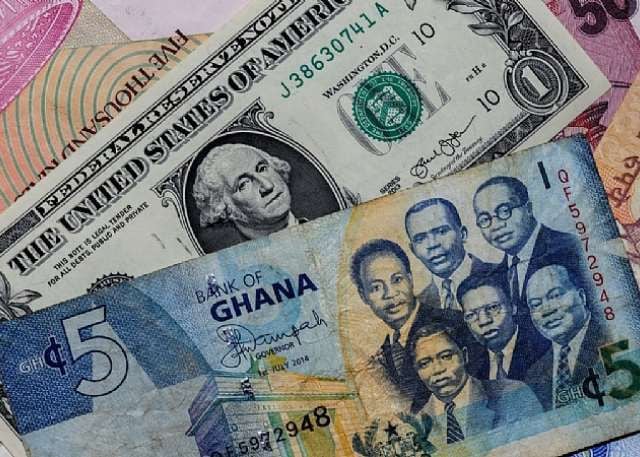The Ghanaian Cedi’s Performance Against Major Currencies on July 22, 2025: A Comprehensive Overview
On Tuesday, July 22, 2025, the Ghanaian cedi experienced a minor depreciation against the US dollar, reflecting the dynamic interplay of market forces within the Ghanaian economy. According to Cedirates.com, a reputable platform tracking currency and fuel rates in Ghana, the cedi’s average buying rate against the dollar stood at GHS10.48, while the selling rate reached GHS11.00. These figures represent the average rates observed across various forex bureaus in Ghana, indicating the general trend of the cedi’s performance against the dollar in the retail foreign exchange market. This slight weakening of the cedi suggests a marginally increased demand for dollars relative to the cedi, possibly influenced by factors such as import demands, investment flows, and speculation within the currency market.
Delving deeper into the forex bureau market, the cedi traded at GHS11.70 for dollar purchases and GHS11.95 for dollar sales. This reveals a wider spread between buying and selling rates compared to the average rates, reflecting the operational costs and profit margins of individual forex bureaus. The difference between the bureau rates and the average rates also highlights the importance of comparing rates across different providers before engaging in foreign exchange transactions. This variation underscores the competitive landscape of the forex market and the potential for individuals and businesses to secure more favorable rates through diligent market research.
The Bank of Ghana’s interbank market presented a slightly different picture, with the cedi trading at GHS10.44 for buying and GHS10.46 for selling against the US dollar. This narrower spread between buying and selling rates in the interbank market is characteristic of transactions between financial institutions, which typically involve larger volumes and lower margins. The interbank market serves as a benchmark for currency exchange rates, reflecting the underlying dynamics of the Ghanaian economy and its interaction with global financial markets. The slight difference between interbank and bureau rates underscores the varying levels of accessibility and transaction costs associated with different segments of the foreign exchange market.
The cedi’s performance against other major currencies also provides valuable insights into its overall strength and stability. Against the British pound, the average bureau rate stood at GHS13.92 for buying and GHS14.74 for selling. The Bank of Ghana’s interbank rate for the pound was GHS14.12, reflecting the generally stable relationship between the cedi and the pound in the interbank market. The euro traded at GHS12.10 for buying and GHS12.78 for selling at forex bureaus, while the interbank rate was recorded at GHS12.24. These figures suggest a relatively stable exchange rate between the cedi and the euro, with the interbank market again providing a more stable reference point compared to the fluctuating bureau rates.
In the realm of international money transfers, digital remittance platforms like LemFi and Afriex offered competitive exchange rates for remittances from the US or UK to Ghana. For dollar remittances, LemFi and Afriex offered rates of GHS10.40 and GHS10.41, respectively. These rates closely mirrored the prevailing market rates, indicating the competitive nature of the remittance market and the benefits it offers to individuals sending money to Ghana. For pound remittances, LemFi and Afriex offered GHS13.98 and GHS13.99, respectively, remaining competitive with established financial institutions and providing an alternative avenue for international money transfers.
For euro remittances, Afriex quoted GHS12.13, while LemFi offered GHS12.11. These rates compare favorably with the prevailing market rates for euro exchange, further highlighting the competitive landscape of the remittance market. For digital subscription payments using Visa and Mastercard for services like Netflix, Spotify, and Apple Music, the exchange rate stood at GHS11.18 for both card networks. This rate provides a benchmark for online transactions and reflects the cost of accessing international digital services in Ghana. This information offers a comprehensive view of the Ghanaian cedi’s performance against major currencies on July 22, 2025, across various market segments, including forex bureaus, interbank markets, and digital remittance platforms.














